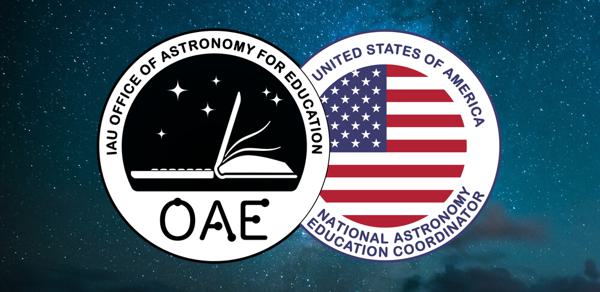Glossary term: 伽利略卫星
Description: 伽利略卫星是围绕木星运行的四颗最大、最明亮的卫星:木卫一(Io, 艾奥)、木卫二(Europa, 欧罗巴)、木卫三(Ganymede, 加尼美得)和木卫四(Callisto, 卡利斯托)。离木星最近的是木卫一,它有数百座活火山。木卫一火山爆发的主要原因是受到木星引力潮汐效应的 "揉捏"。木卫二的整个表面都被冰覆盖着。据信,冰层下是液态水海洋,是太阳系除地球外能够孕育生命的最佳候选者之一。木卫三是太阳系中体积最大的卫星,也是质量最大的,是月球质量的两倍。木卫四的大小几乎与水星完全一致,但质量只有水星的三分之一。
这四颗伽利略卫星是伽利略-伽利莱(Galileo Galilei)于 1610 年发现的,是伽利莱使用望远镜进行天文观测的开创性活动中的若干发现之一。伽利莱通过记录发现,随着时间的推移,四颗卫星围绕木星运行,就像一个微型太阳系。这清楚地表明,天体可以围绕地球以外的中心运行;这一观测结果在科学界对太阳系的认知转变过程中发挥了重要作用,从以地球为中心(地心说)转为以太阳为中心(日心说)。
Related Terms:
See this term in other languages
Term and definition status: The original definition of this term in English have been approved by a research astronomer and a teacher The translation of this term and its definition is still awaiting approval
The OAE Multilingual Glossary is a project of the IAU Office of Astronomy for Education (OAE) in collaboration with the IAU Office of Astronomy Outreach (OAO). The terms and definitions were chosen, written and reviewed by a collective effort from the OAE, the OAE Centers and Nodes, the OAE National Astronomy Education Coordinators (NAECs) and other volunteers. You can find a full list of credits here. All glossary terms and their definitions are released under a Creative Commons CC BY-4.0 license and should be credited to "IAU OAE".
If you notice a factual or translation error in this glossary term or definition then please get in touch.
Related Media
木星的自转,作者 Vishal Sharma,印度
Credit: Vishal Sharma/IAU OAE
License: CC-BY-4.0 Creative Commons 署名 4.0 国际 (CC BY 4.0) icons
木卫影片2,Nicolas Hurez,Paul-Antoine Matrangolo,和Carl Pennypacker,美国
Credit: Nicolas Hurez,Paul-Antoine Matrangolo 和 Carl Pennypacker/IAU OAE
License: CC-BY-4.0 Creative Commons 署名 4.0 国际 (CC BY 4.0) icons
木星、木卫一及其阴影,作者:Ralf Burkart,德国
Credit: Ralf Burkart/IAU OAE
License: CC-BY-4.0 Creative Commons 署名 4.0 国际 (CC BY 4.0) icons
木卫一(伊奥)
Credit: 美国宇航局/JPL/亚利桑那大学 credit link
License: PD Public Domain icons













